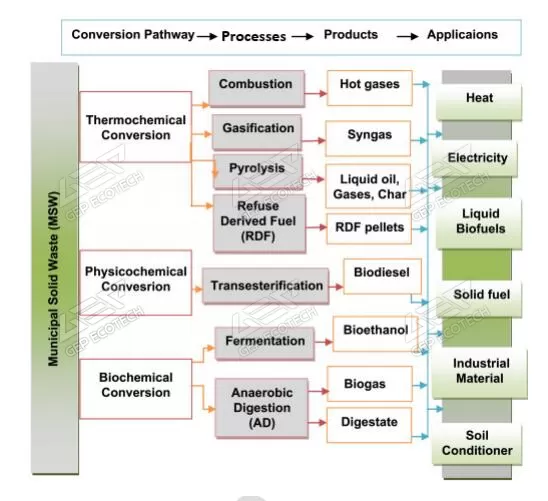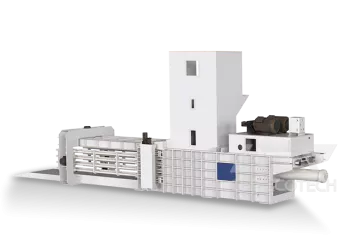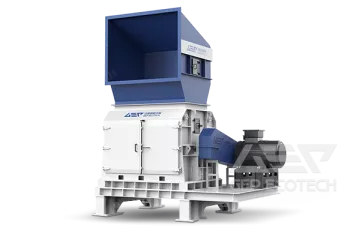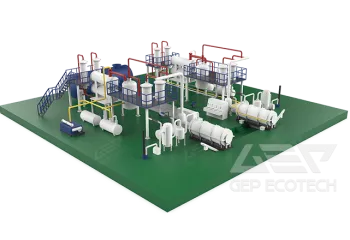A number of new market technologies, such as anaerobic digestion, pyrolysis and gasification, are in the process of being deployed. These technologies provide the potential to recover products from the waste stream which complete incineration would not allow and a significant proportion focuses on biomass waste.
Waste-to-energy technologies may be divided into three main groups based on the conversion process used: thermochemical, physicochemical, and biochemical. Modern technologies of thermochemical conversion include high-efficiency combustion, pyrolysis or gasification. Moreover, sanitary landfilling together with capture and utilisation of produced biogas is an important part of waste management, especially in developing countries. Bioethanol produced from waste via fermentation also can be used to produce energy. The compilation of available Waste-to-energy technologies is shown in Figure below.

The incineration of waste releases the energy fixed in them. However, to enable the transfer of energy to the circulating working medium, devices called boilers need to be used. Nowadays mainly two technologies are used in order to combust municipal waste: moving grate boilers and fluidised bed boilers. The moving grate boilers constitute the vast majority – they are used in 87 % of plants in Europe. The technology is well known and investigated for a long time. For instance, this technology was chosen for all new-built WtE plants in Poland. The idea of such a boiler is shown in Figure 4. A moving grate principle of operation consists in a slow movement of the processed waste in the layer, which is burned in subsequent phases as follows: drying, pyrolysis/gasification, combustion and burnout. The temperature of the gas resulting from the process has to be raised, after the last injection of combustion air, to 850 °C for two seconds (or to 1 100 °C if hazardous wastes with a content of more than 1 % of halogenated organic substances, expressed as chlorine, are incinerated)





